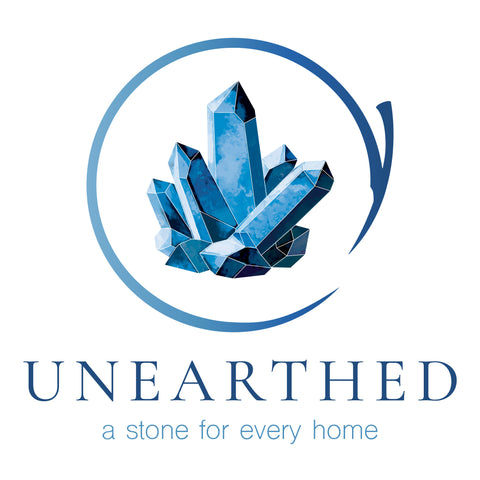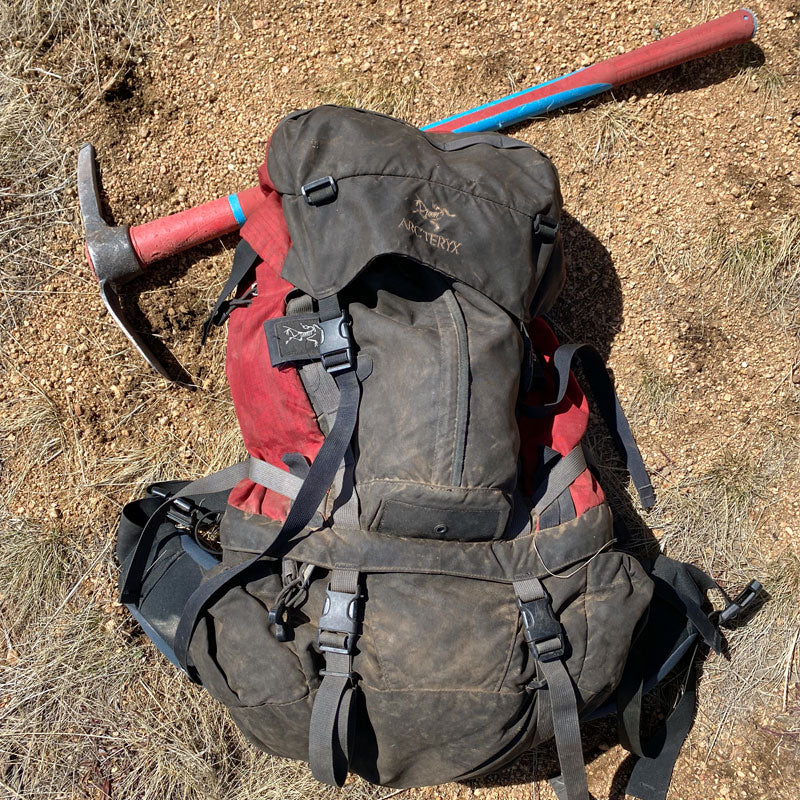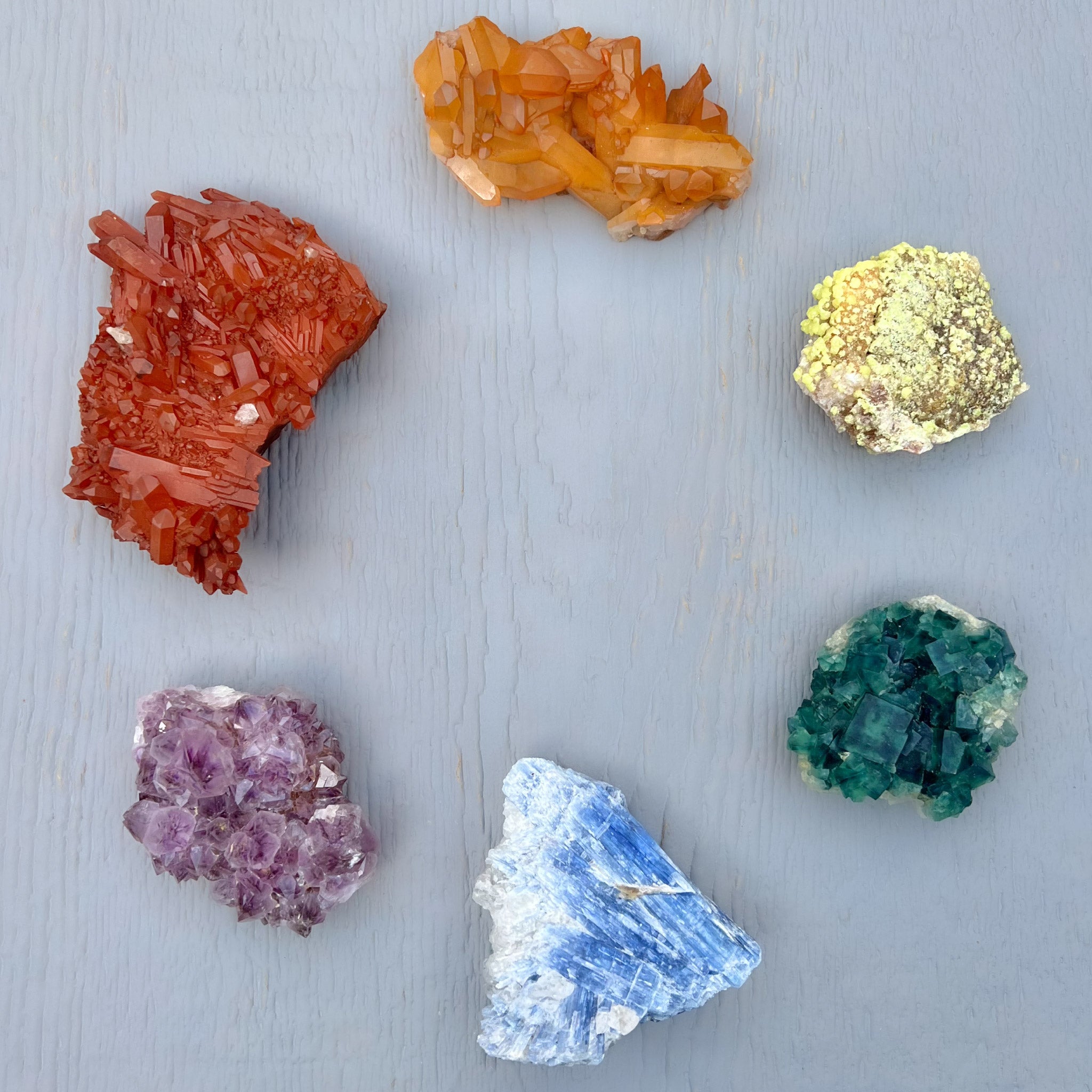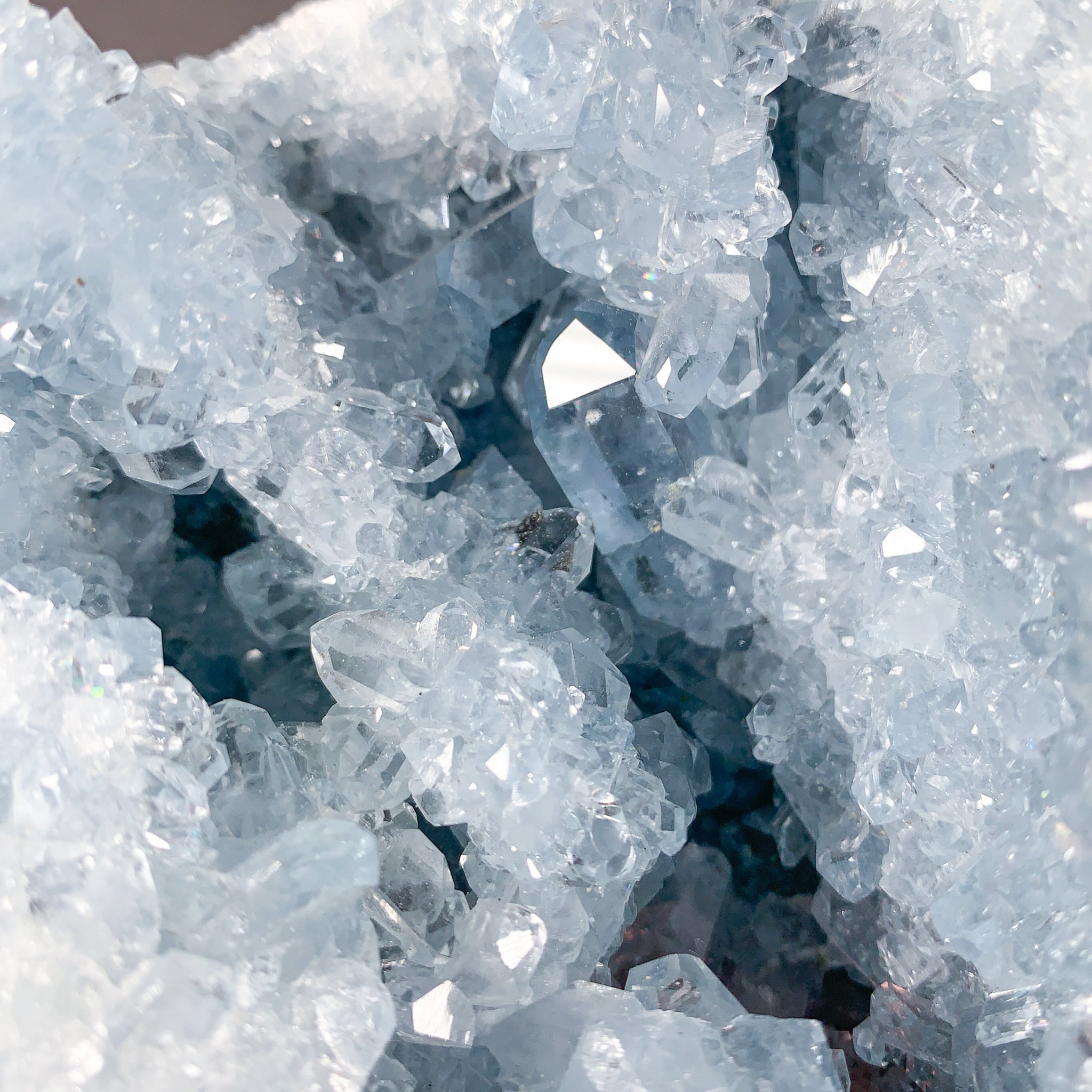Everything you ever wanted to know about Petrified Wood!
Have you ever seen a rock that looks strangely like wood? Maybe it has bark-like texture on the outside, or what appear to be tree-rings on the inside. You may have found a piece of Petrified Wood!

What is Petrified Wood?
Petrified Wood is a type of fossil that formed from ancient trees. While most people think the tree "turned to stone", what actually happened is the tree underwent a fossilization process called petrificiation or permineralization, replacing the organic material of the tree with minerals.
How Does Petrified Wood Form?
Petrified wood forms when ancient trees are rapidly buried, either in a flood or volcanic event. During flooding or landslide events, trees were washed into river systems and quickly buried by sediment and debris. Petrified Wood also formed when ancient trees were buried during volcanic events. When you picture a volcanic eruption, you might first think of molten lava flowing from a volcano. But massive amounts of volcanic ash can also spew from a volcano as it erupts. These events are typically short in duration but significant in magnitude, blanketing surrounding areas, even miles away in layers of ash and volcanic debris. The eruption and rapid deposition of ash causes the trees to be buried and encased in a low-oxygen, anaerobic environment.
The low-oxygen environment causes the decay process to slow or nearly halt altogether, allowing the tree to be essentially entombed in time underneath a layer of sediment. Over thousands and sometimes millions of years, surrounding groundwaters rich in minerals like silica seep into the porous layers of the wood, slowly replacing the organic material with minerals such as Quartz and Calcite. These minerals crystallize in the pore spaces of the ancient tree, replacing the organic material with stone.
Why Does Petrified Wood Still Look Like Wood After Millions of Years?
Due to the nature of the fossilization process and the slow replacement of organic material, the structure of the original wood is often maintained in stunning detail. This is how tree-ring like structures can still be seen in cut and polished Petrified Wood specimens. You can also find raw specimens of Petrified Wood with incredibly detailed bark structure on the exterior, almost like running your finger along modern day tree bark!

How Long Does it Take Petrified Wood to Form?
There is still some debate amongst geologists and paleontologists as to how long the actual petrificiation process takes. However, scientists have been able to date the wodo itself, with some geologically "younger" Petrified Wood dated in the 5 million year old range, while others have been dated at over 225 million years old!
What Types of Crystals and Minerals are Found in Petrified Wood?
When cut and polished, Petrified Wood can reveal a variety of different minerals and crystals including Quartz, Calcite, Amethyst, Smoky Quartz, and Agate. Most Petrified Wood is silica based, with occasional pockets of Calcite crystals seen where fractures formed inside the Petrified Wood.
The colors of Petrified Wood depend upon the varying elements present in the stone. Red is typically a result of Iron, black is associated with Carbon, and Manganese can create a variety of colors. In rare cases, copper-based minerals such as Chrysocolla, Malachite and Azurite can create beautiful blues, teals and greens in Petrified Wood.

Where is Petrified Wood Found?
Most of the domestic Petrified Wood seen on the mineral market comes from the Pacific Northwest or Southwest. International Petrified Wood is typically found in Madagascar and Indonesia. Large volumes of Petrified Wood have been recovered in these regions, but Petrified Wood can be found other places throughout the world wherever the geologic environment supported that type of fossilization process.
What Do People Do With Petrified Wood?
Petrified Wood is a highly collectable fossil for rock collectors of all kinds. It is a wonderful combination of both fossil and mineral. Petrified Wood is also an important tool for geologists to study the environments of ancient landscapes. It provides a window into the types of organisms present at the time, the species of trees present as well as the climate and environment of these ancient areas.
When cut and polished, it also makes a stunning addition to home or office decor. Petrified Wood slices, slabs, bowls, and tables can be found available for purchase here!

Conclusion
Petrified Wood is a truly unique geologic formation, with a plethora of amazing colors and textures to explore. Try one out for your personal collection and bring the magic of millions of years of geologic history into your home!




